Blackjack Insurance Bet – When to Hit, Stand, Double and Split
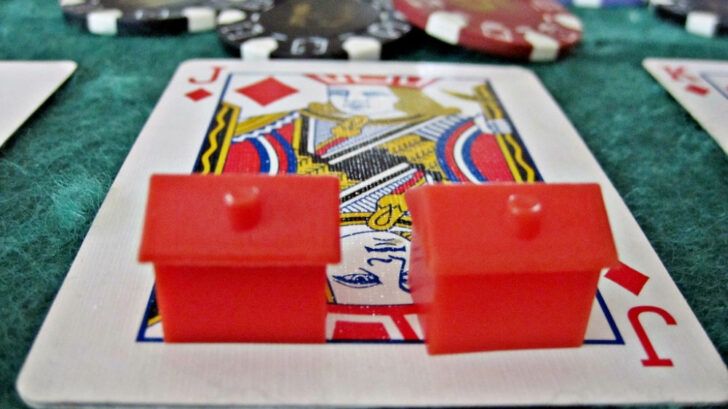
In this article, we break down the information you need to know about the Blackjack Insurance Bet. The insurance bet is an option for players to take if the dealer has the potential for Blackjack. It pays 2:1 but is not always the best bet to take. Here is why.
Blackjack Insurance Bet: An Introduction
Blackjack is one of the oldest and most popular casino games. It is straightforward to learn the rules of blackjack and understand the aim of how to win. The best hand in Blackjack is 21, which is formed from two cards, an Ace and a 10-value card. If the dealer is showing an Ace, many blackjack variants will offer an Insurance Bet to players. Essentially, the insurance bet wins if the dealer has Blackjack (21 from an Ace and 10-value card). Continue reading to discover more about the rules of Insurance Bets, how well they pay and when is the ideal time to place Insurance Bets.
Blackjack Basics – How to Play
Blackjack is a popular online casino game. It is incredibly simple to learn how to play and does not require expert card counting skills. The aim of the game is to build a hand that is closer to 21 than the dealer’s hand. If the hand exceeds 21, it goes bust, which means it automatically loses. The hand that is closer to 21, without exceeding it, wins the round.
There are many blackjack variants online. To play blackjack, at least one deck of cards must be used, however, there are variants that are played with four, six or eight decks. All numbered cards keep their face value while picture cards (Jack, Queen, King) are worth 10. Aces in blackjack can count as 1 or 11, depending on the other cards in the hand.
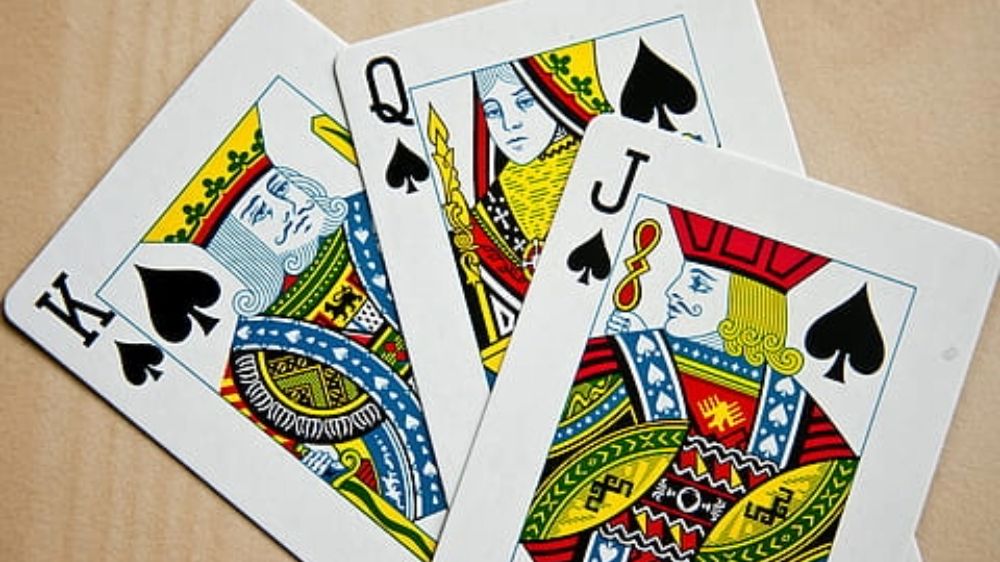
In Blackjack, the strongest possible hand is 21 that is formed from two cards. It is known as Blackjack. To form Blackjack, players must combine a 10-value card with an Ace. If the player’s hand defeats the dealer’s hand, the payout is 1:1. When holding Blackjack, the player’s payout is 3:2. If the player and dealer’s hands are tied, the bet is returned as a push. This is also the case for the player and dealer both holding Blackjack.
A Round of Blackjack
A round of blackjack begins after placing your stake and once the dealer deals the cards. The dealer serves two face-up cards to the player and takes a face-up card themselves. In some blackjack variants, the dealer will also take a face-down card. In other variants, the dealer will only take their second card once the player has completed their turn.
Once the player has received their two first cards, they will have the chance to take one of the following actions:
- Hit – this means to take an additional card. The player can hit as many times as they like, but they must be wary not to go bust.
- Stand – this means the player does not receive any further cards. Instead, they leave their hand as it is and the round continues to the next position.
- Double Down – this means to receive a single card and immediately stand. When Doubling, the player doubles their stake.
If the player has received a pair of cards, they will also be able to split their hand. When doing so, the player splits the two paired cards and plays them as two separate hands, doubling their bet in the process.
Essentially, this is the basic rules of blackjack. Once the player completes their turn, the dealer reveals their second card and plays their turn. In most blackjack variants, the dealer will hit on 16 or lower and stand on 17 or higher. Once the dealer stands or busts, a comparison is made between the hands and a payout is made accordingly.
What is the Blackjack Insurance Bet?
Most blackjack variants will include an Insurance Bet for players right before they can perform one of the actions. Once the dealer deals two face-up cards and shows a face-up card themselves, the player will have the chance to place an Insurance Bet if the dealer is revealing an Ace.
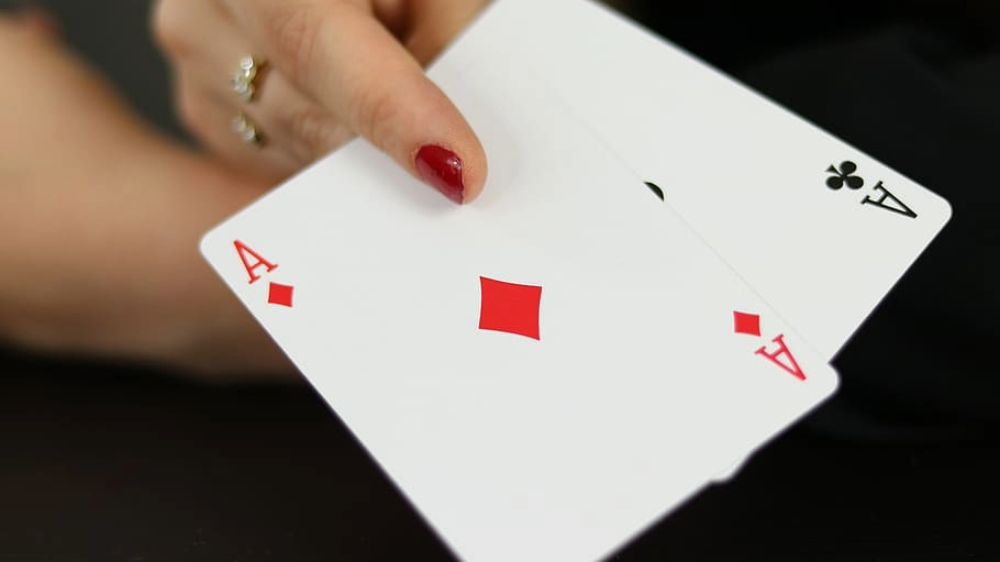
An Insurance Bet costs half of the player’s initial stake and pays 2:1. It wins if the dealer has Blackjack. However, the Insurance Bet is only offered if the dealer’s face-up card is an Ace, not a 10-value card.
If the dealer has an Ace, and you have placed a $2 stake, an insurance bet will cost you $1. There is no way to alter how much you wish to place with insurance, as it is a fixed rate of half of your initial stake.
If your $1 insurance bet wins, you will profit from $2 if the dealer has Blackjack. However, although it may appear as a good idea to always place an Insurance Bet, the truth is it is not. Below, we give you a few examples of when it is a good idea to place an Insurance Bet and when it is a good idea to avoid doing so.
When to Place an Insurance Bet
The aim of Insurance Betting is for the dealer to reveal a 10-value card after showing an Ace. Only then will you win your Insurance Bet. The best-case scenarios to place an Insurance Bet is when none of the three cards (your two initial cards and the dealer’s up card) are 10-value cards. If you are playing with other players, or other positions, the same rule goes, as the less 10-value cards are revealed, the more there are in the deck.
You should only place an Insurance Bet if the dealer is revealing an Ace and you have a stronger hand. A stronger hand in this instance is one that is worth 15 or higher.
Click here to try the live casino at 20bet Casino
The Statistics Behind Insurance Bets
In the best-case scenario, you will play against the dealer in a heads-up game. In this scenario, let’s assume the blackjack game you are playing is only using one deck. The dealer deals two face-up cards to you and shows an Ace. None of your face-up cards are 10-value cards.
In this instance, there are 16 cards of the remaining 49 from the deck that are 10-value cards. That covers 32.65% of the remaining cards, and it is the best-case scenario, as there are no 10-value cards on the table already.
Even though there are 16 cards that can win your Insurance Bet, there are 33 other cards that can lose it. Thus, if you placed an Insurance Bet of $1, all successful bets would win $2. This combines to a total of $32 from the 16 possible cards.
If you lost your $1 Insurance Bets, you would lose a total of $33, as there are 33 other cards that would mean losing your Insurance Bet. Essentially, this leaves you $1 down from your Insurance Bets, when weighing out the chances of winning to losing, we can see that Insurance Bets are not always going to be the best option for you, particularly in the long run.
Blackjack Games that have Insurance Bets
Insurance Bets are offered in many blackjack games. At brick-and-mortar casinos, Insurance Bets are available at most blackjack tables. Online, these types of bets are available for RNG blackjack variants and live blackjack games.
Blackjack Insurance Bet Theory
Blackjack offers a variety of different features including Insurance Bets. These types of bets are rather rare to win from but do pay out 2:1 when successful. It is possible to find Insurance Bet options in many blackjack variants, including RNG and live dealer games. If you are unsure of whether to use the Insurance Bet or not, in most cases, it is best to avoid it. In the long run, the bet is proven to be a losers bet, because of the payout it offers. Thus, you should avoid the Blackjack Insurance Bet most of the time.
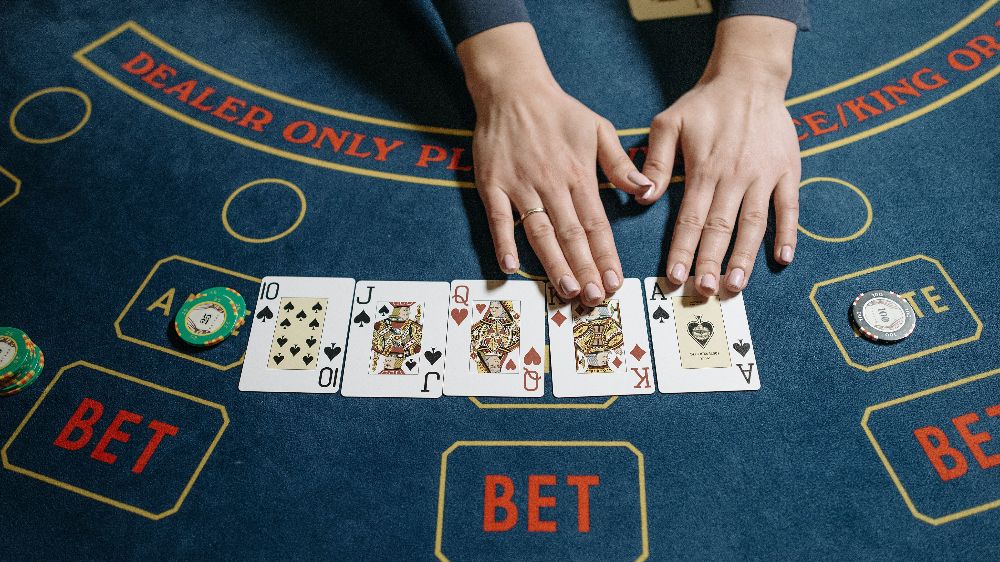
To make things a little easier for you, we have also extended this article to include more information about when you should hit. Continue reading to learn more about the basic blackjack rules in regards to hitting or standing.
When to Hit or Stand – The Basics of Blackjack
Essentially, the two main actions that players can perform is to hit or to stand. Most seasoned blackjack players will know whether to hit or stand on a specific hand almost immediately. The way to identify this is by going off of the dealer’s face-up card. Below, we have a basic guide to understand when you should hit and when you should stand:
- If the dealer is showing an Ace, you should hit if you have 16 or lower. If you have 17 or higher, you should stand.
- If the dealer is showing a 10-value card, you should hit if you are holding a 10, 12, 13, 14, 15 or 16. If you have 17 or higher, you should stand.
- If the dealer is showing a 7, 8 or 9, you should hit when holding 5, 6, 7, 8, 9, 12, 13, 14, 15, 16. If you build a hand that has a total of 17 or more, you should stand.
- If the dealer is showing a 4, 5 or 6, you should avoid busting at all costs. In this scenario, you should hit on 5, 6, 7, 8 but stand on 12 or more.
- If the dealer is showing a 3, you should hit on 5, 6, 7, 8 and 12, while standing on anything 13 or over.
- If the dealer is showing a two, you should hit on 5, 6, 7, 8, 9 and stand on anything 13 or over.
When to Double or Split – The Basics of Blackjack
The basic rules around knowing when to double down are fairly easy to learn. Whenever you double down, you are basically confident that your hand will beat the dealers. If you have a hand total of 10 or 11, more time than not, you are going to double down. This is because there is approximately a 30% chance of hitting a 10-value card, making a high hand. Keep in mind, some blackjack variants only offer players a double down option on a hand worth 9, 10 or 11. Other variants are more flexible that allow you to split on any hand total.
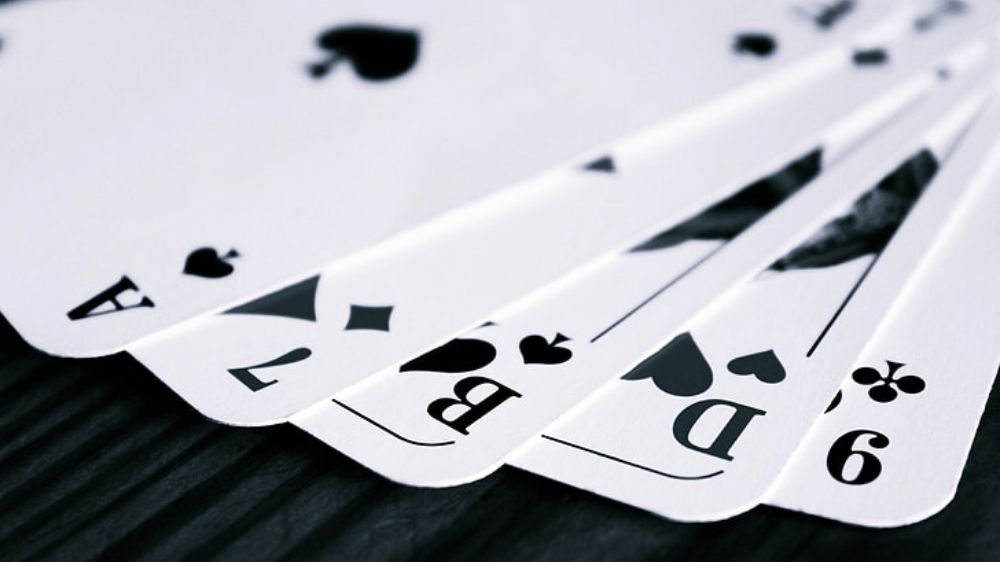
If you are dealt two pairs, you are offered the chance to split. In most blackjack variants, splitting aces and receiving a 10-value card counts as 21, not Blackjack. Whenever you split a pair of cards, you double your bet and separate one hand into two.
Rules of Splitting
Statistically speaking, you must always split a pair of 8s and a pair of Aces. A pair of 8s are worth 16, however, by splitting them, you will have a strong chance of forming one, if not two, 18-card hands. As for a pair of Aces, they count as 12 put together. However, if you split them, you will have an opportunity to form a hand of 21.
- If you are dealt a pair of 10s, you should stand, rather than split them.
- If you are dealt a pair of 9s, it is best to split them if the dealer is revealing a 2, 3, 4, 5, 6, 8 or 9. It is best to stand if the dealer has a 7, 10 or Ace.
- If you are dealt a pair of 7s, it is best to split them if the dealer is showing a 2, 3, 4, 5, 6 or 7.
- If you are dealt a pair of 6s, it is best to split if the dealer is showing a 2, 3, 4, 5 or 6.
- If you are dealt a pair of 5s, you should hit instead of split the cards.
- If you are dealt a pair of 4s, it is best to split them if the dealer is showing a 5 or a 6. In any other case, it is best to hit.
- If you are dealt a pair of 3s, it is best to split them if the dealer is showing a 2, 3, 4, 5, 6 or 7. Otherwise, you should hit.
- If you are dealt a pair of 2s, it is best to split them if the dealer is showing a 2, 3, 4, 5, 6 or 7. Otherwise, you should hit.
Blackjack Strategy Charts
One way that you can understand when to hit, stand, double or split is by using blackjack strategy charts. However, it is important to understand that strategy charts for blackjack games will vary, depending on the rules of the game.
As mentioned before, some games may not permit doubling on certain hands. There are also many blackjack games that have different rules for the dealer, regarding when they hit or not. In almost every blackjack game, the dealer will hit on 16 or lower and stand on 17 or higher. However, if the dealer has a Soft hand (a hand that contains an Ace that acts as an 11), they may be required to hit until they have a hard 17 or higher, or go bust.
Using blackjack strategy charts is not difficult at all. Furthermore, it is also permitted by land-based and online casinos as it does not break any rules. The basic strategy charts for various blackjack games acts more as a guideline of which action is best to perform, once the player receives their two cards and the dealer shows their up-card.
The Bottom Line
The rules of blackjack are incredibly easy to learn, even for newbies that have never played the game before. If you are unsure of whether to hit, stand, double or split, you may want to refer to the basic strategy above. Otherwise, it is recommended to find a blackjack strategy chart for the game that you are playing and following the recommendations for every round. If you want to know more about the Blackjack Insurance Bet, we believe that it is best to avoid it. Test this logic on the best online blackjack games – found here at our site.
Click here to try the live casino at 20bet Casino








